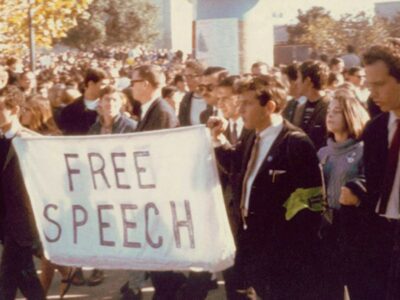“Say What?” – Learning to Communicate About Climate Change
Scientists and journalists have very different professional training and skill sets. Often they find it hard to communicate with each other. Steps are being taken at Berkeley to try to address this problem. Berkeley’s Energy and Resources Group (ERG) and the Journalism School have announced a new set of resources on effectively communicating about climate change.
These resources take the form of two tip sheets—one for journalists and another for scientists. Each sheet lists concise recommendations and hints on communicating,understanding, and reporting climate change issues.The tip sheets were developed with input from dozens of leading climate scientists and journalists, many of whom shared communications lessons learned over decades of involvement in climate science or reporting.
Each tip sheet spans a wide range of topics and techniques. For example, “Tips for Scientists” includes the following points:
Always distinguish your scientific conclusions from your policy conclusions and value judgments.
It is important to engage questions that are premised on incorrect assumptions and to take opportunities to clarify confusions.
Consider communicating climate uncertainty in terms of a range of human risks.
The “Tips for Journalists” resource highlights the following points, among others:
Carbon intensity differs from carbon emissions.
In colloquial use, “theory” connotes an unsubstantiated opinion; this is not how the term is used in the scientific community.
GHG emissions are often characterized in units that sound similar [carbon (C), carbondioxide (CO2), and carbon dioxide-equivalent (CO2e)] but differ in meaning.
Just because someone has a PhD does not mean they are qualified to comment as an expert on all topics.
This seems like a good idea — but we may also need another set of tip sheets so lawyers can talk with both of these groups.







Reader Comments